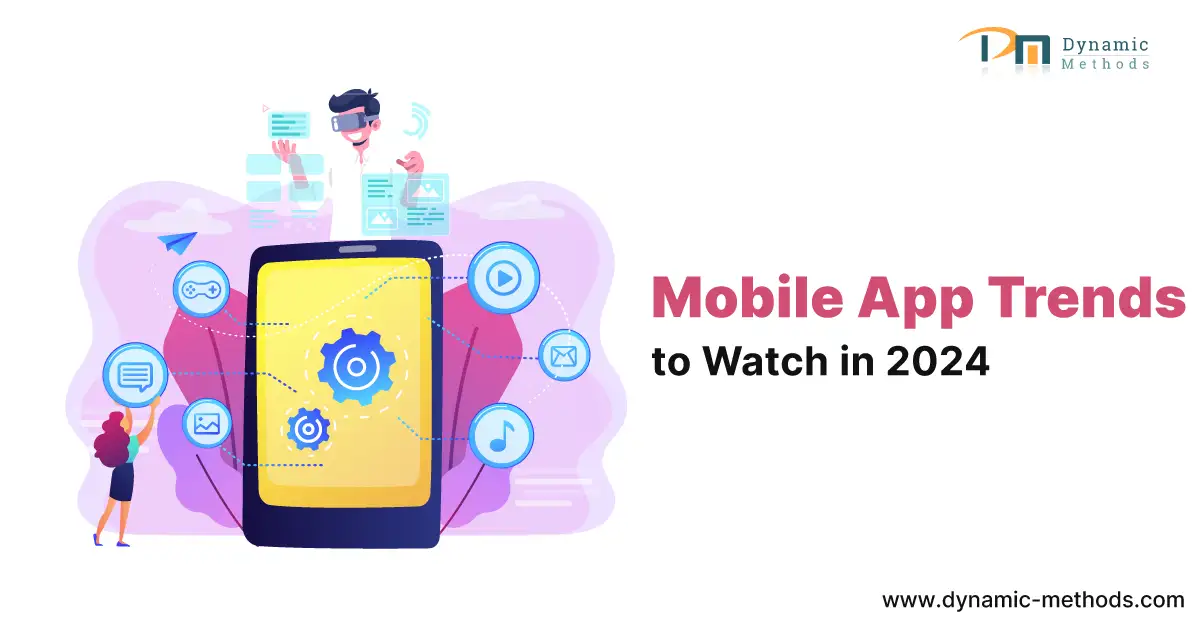Top Mobile App Development Trends to Watch in 2025 sets the stage for a fascinating exploration into the future of mobile applications. As technology continues to evolve, the mobile app landscape is shifting dramatically, reflecting new consumer demands and technological advancements. From artificial intelligence to augmented reality, staying informed about these trends is crucial for developers and businesses aiming to stay ahead of the curve.
This article delves into the key trends that are likely to shape the mobile app development industry in 2025. By understanding these developments, stakeholders can better prepare for changes in user behavior, engagement strategies, and innovative technologies that will redefine how we interact with mobile applications.
In today’s fast-paced world, the need for effective communication and understanding has never been more critical. This article aims to explore the importance of communication in various aspects of life, from personal relationships to professional environments. By delving into the significance of communication, we can appreciate how it shapes our interactions and influences our connections with others.Firstly, let’s define what communication truly means.
At its core, communication is the exchange of information, ideas, thoughts, and feelings between individuals or groups. It encompasses both verbal and non-verbal methods, making it a multifaceted concept. Effective communication is not just about speaking; it also involves listening, understanding, and responding appropriately. This dynamic interaction is essential in every facet of life.In our personal lives, communication plays a pivotal role in nurturing relationships.
Whether it’s with family, friends, or romantic partners, the ability to convey thoughts and emotions helps foster deeper connections. For instance, open and honest dialogue between partners can prevent misunderstandings and build trust. When individuals express their feelings and opinions clearly, it paves the way for a more profound understanding of each other’s perspectives.Moreover, non-verbal communication—such as body language, eye contact, and facial expressions—adds another layer to our interactions.
A smile can convey warmth, while crossed arms may signal defensiveness. Being aware of these signs can enhance our communication skills by allowing us to interpret messages beyond words.In the realm of professional life, effective communication is equally crucial. It is often said that communication is the backbone of any successful organization. Clear communication among team members fosters collaboration and productivity.
When everyone is on the same page, projects are more likely to be completed successfully and on time. Additionally, businesses thrive on good communication with clients and customers. Providing clear information about products or services can make a significant difference in customer satisfaction. When clients feel heard and understood, they are more inclined to remain loyal to a brand. Thus, effective communication can lead to increased sales and long-term relationships.However, it’s essential to recognize that communication barriers can hinder effective interactions.

These barriers can stem from various sources, including cultural differences, language misunderstandings, and even emotional states. For example, someone who is stressed may struggle to articulate their thoughts, leading to miscommunication. It is vital to identify these barriers and work towards overcoming them. One effective strategy for enhancing communication is active listening. This involves fully concentrating on what the speaker is saying, understanding their message, responding thoughtfully, and remembering the conversation later.
By practicing active listening, we can create an environment where individuals feel valued and respected. This can significantly reduce misunderstandings and promote a more open dialogue.Additionally, honing one’s communication skills can lead to personal growth. Being able to express oneself clearly and confidently can boost self-esteem and assertiveness. It encourages individuals to share their thoughts and ideas without fear of judgment.
As a result, individuals may find themselves engaging more with others and taking on leadership roles within their communities or workplaces.In educational settings, effective communication between teachers and students is paramount. Teachers who communicate clearly and foster an open dialogue create an inclusive learning environment. Students are more likely to engage, ask questions, and participate in discussions when they feel comfortable expressing themselves.
Moreover, feedback from teachers can guide students in their learning journey, helping them understand their strengths and areas for improvement.On the other hand, technology has significantly transformed the way we communicate. In the digital age, communication has become faster and more accessible than ever. Social media, emails, and instant messaging have revolutionized the way we connect with others. However, the convenience of digital communication also brings about challenges, such as the risk of misinterpretation due to the lack of non-verbal cues.
It is essential to navigate this new landscape mindfully, ensuring that our messages are clear and considerate.In conclusion, effective communication is an invaluable skill that influences every aspect of our lives. From personal relationships to professional success, the ability to convey thoughts, listen actively, and engage meaningfully is paramount. By recognizing the importance of communication and actively working to improve our skills, we can cultivate stronger connections and foster understanding among individuals and communities.
The journey to becoming an effective communicator may require effort and practice, but the rewards are undoubtedly worth it.




